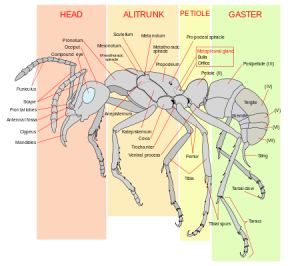Mice and rats are known for their preference for biting to pieces any piece of food they can find, pecking at crumbs on the floor and food in the cupboard. Despite this, you can not feed your pet with anything, since mice and rats require very specific nutrients based on certain diets.
For mice, a good starting point is a commercial rodent food. These are available in most pet stores and can come in block, tablet, or as a mixture of seeds. Also, when choosing a commercial food for your mouse, you should pay attention to certain nutritional facts, since mice require a minimum level of fiber (18%) and protein (16%) to stay healthy. Furthermore, the fat content should be limited to a maximum of 4%. In addition, they also enjoy a daily treatment. Fresh fruits and vegetables are a perfect solution. Some good ideas are peas, cauliflower, broccoli, carrots, apples or bananas. It is important to be careful, however, these treats should be very small to prevent overeat.
Regarding rats, like mice, it is important to include in their diet a feed for commercial rodent. The best way to block a rat is food, as it provides a good chewing exercise.
Although mice and diets rats are very similar, rats need a slightly different mix because they need more fiber and less fat, so the food of rats should easily be located above 18% in terms of content fiber and clearly below 4% fat.
A3TLST38LR03MA © 2016
[xyz-ips snippet=”CC-BY-40″]





